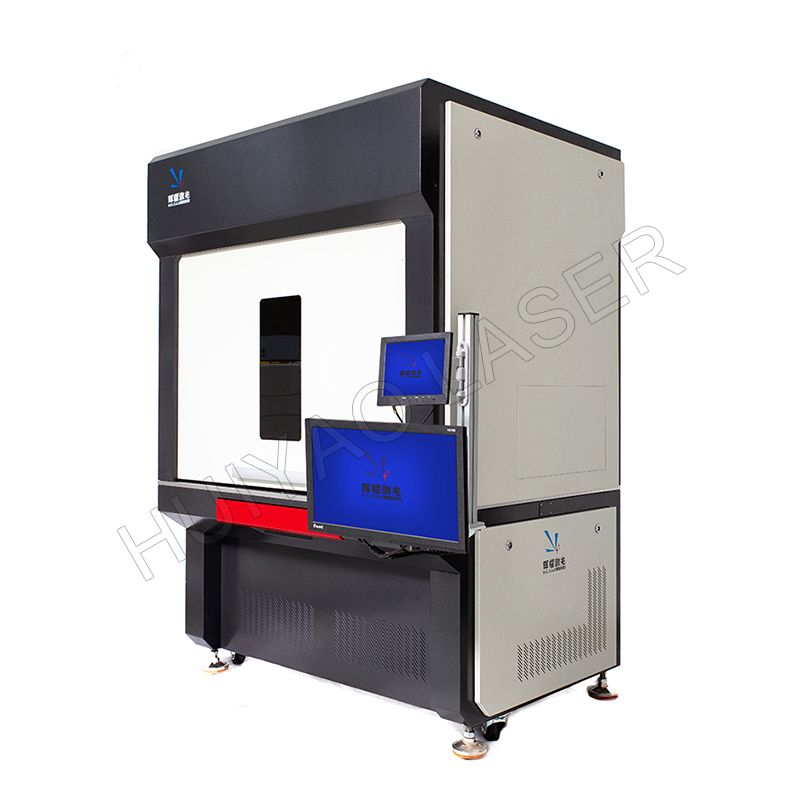The Challenges of Laser Welding Batteries
The Challenges of Laser Welding Batteries
As the demand for rechargeable batteries continues to soar, innovative manufacturing processes are constantly being developed to enhance the efficiency and durability of these power sources. One of the breakthrough techniques gaining traction in battery production is laser welding. This method is increasingly preferred for its precision and speed, but it also brings forth several unique challenges that industry professionals must navigate.
Understanding Laser Welding
Laser welding utilizes focused beams of light to join materials together, producing minimal thermal distortion and allowing for highly accurate welds. In battery manufacturing, this technique is often employed to bond electrodes within pouch cells. Despite its advantages, there are significant challenges that professionals face, necessitating a deep understanding of both the technology and the materials being used.
Material Compatibility
Different battery components are often made from various materials, which may not always be compatible with laser welding. For instance, aluminum and copper require different energy levels and techniques for effective bonding. Achieving a reliable weld joint without compromising the integrity of the materials can be particularly difficult, especially when dealing with thin substrates.
Thermal Management Issues
Laser welding generates concentrated heat that can affect surrounding battery components. Effective thermal management during the welding process is crucial to prevent unwanted effects such as warping or melting of the battery casing. Industries are exploring advanced cooling techniques and materials that can withstand high temperatures to address these concerns.
Quality Control and Testing
To ensure the reliability and safety of laser-welded batteries, rigorous quality control is essential. This includes non-destructive testing methods to evaluate the integrity of the welds. The integration of in-line monitoring systems can aid in real-time quality assurance, helping to mitigate production issues before they escalate.
Future Prospects and Innovations
The evolution of laser welding techniques in battery manufacturing is promising. Industry leaders are collaborating with technology developers to enhance laser systems specifically tailored for battery applications. Companies like HUIYAO are at the forefront of these advancements, providing essential machinery that supports efficient and high-quality laser welding.
Conclusion
As the battery market grows, so does the need for effective welding solutions that can keep up with technological advancements. Addressing the challenges of laser welding in battery production will not only improve production efficiency but also contribute to the overall reliability of battery technologies. Staying informed about developments in this field and participating in discussions through industry forums can help professionals navigate these challenges successfully.
For those interested in exploring high-quality laser welding machines specifically designed for pouch lithium batteries, check out this innovative solution:  .
.
107
0
0


Comments
All Comments (0)